
Image by LREC staff.
Most people think of flowers as a harbinger of spring and enjoy the blooms found on trees in their neighborhoods such as flowering dogwoods, redbuds and fruit trees. But I think many people are missing the opportunity to slow down and discover the real fun and surprise that can be found when we take a closer look at the trees around us. These discoveries and observations usually raise some questions in my mind as I observe the less conspicuous blooms. This month I decided to find out more. I hope you enjoy learning a little about what I discovered.
- Which of the following lists of trees all have flowers?
- magnolia, pin oak, silver maple
- pawpaw, hackberry, bald cypress
- black walnut, red cedar, white ash
- ginkgo, sycamore, redbud
- all trees have flowers
- How are most tree flowers pollinated?
- bees
- moths
- wind
- rain
- What type of reproductive behavior is found in trees?
- male and female flowers on separate trees (dioecious)
- flowers with both male and female parts (perfect flowers)
- both male and female flowers on the same tree (monoecious)
- all of the above
- Most everyone who’s interested at least a little in tree flowers are familiar with the redbud (Cercis canadensis). Many of you may have noticed that sometimes the flowers bloom right out of the trunk of the tree. Apparently “stem flowers” are much more common in tropical rain forests, but I think we are lucky to have this one right here. What is this phenomenon called?
- floraattacher
- cauliflory
- ligoflory
- trunk flower
- Whether conspicuous or not most tree flowers are still quite beautiful when we take the time to look closely. At an estate sale I recently found the book Tree Flowers of Forest, Park, and Street by Walter E. Rogers, which was originally published in 1935. This book includes beautiful black and white images of tree flowers. I thought it would be fun to try and identify these tree flowers using the images found in this book? All these tree species can be found at LREC. Each of the following are represented below. See if you can match the name to the image.
- American elm
- basswood
- bur oak
- Kentucky coffee tree
- Ohio buckeye
- pawpaw
- sassafras
- sugar maple
- tulip tree
a: 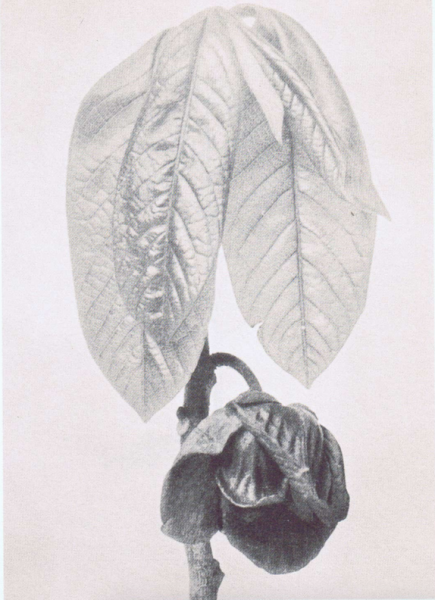 b:
b: 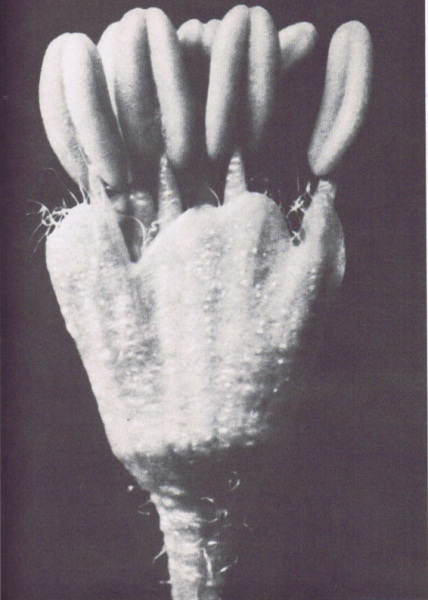 c:
c: 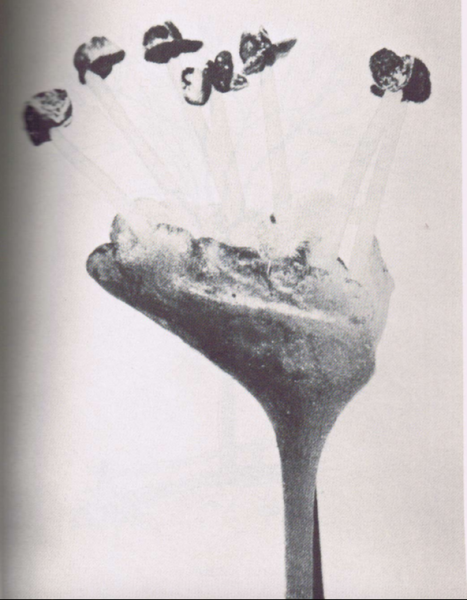
d: 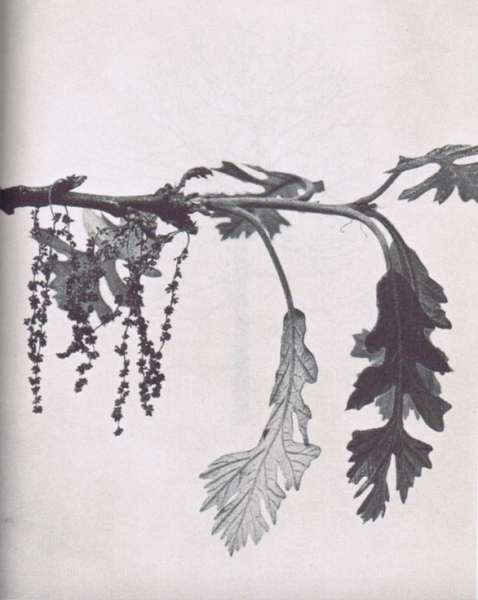 e:
e: 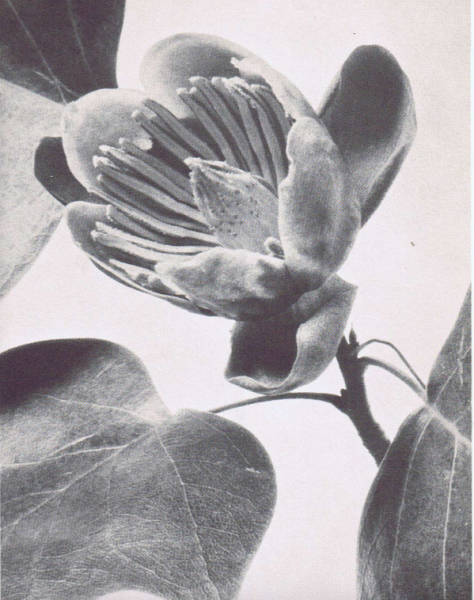 f:
f: 
g: 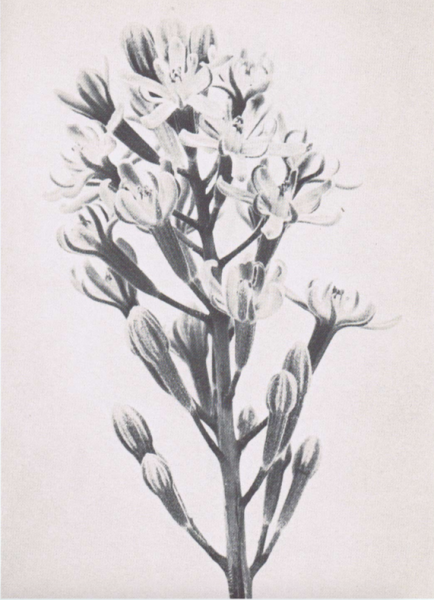 h:
h: 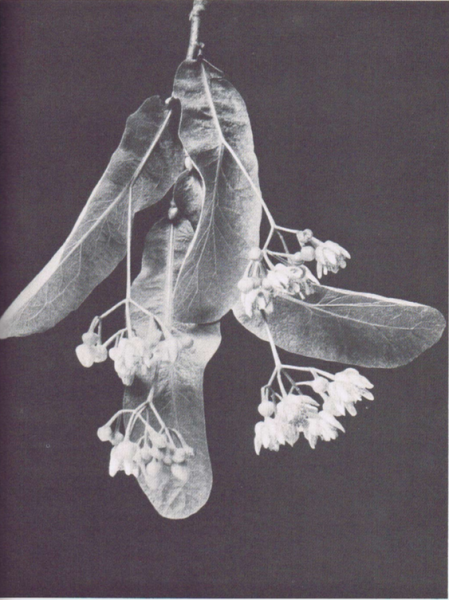 i:
i: 
Sources:
Hugo, Nancy R. Seeing Trees: Discover the Extraordinary Secrets of Everyday Trees. Timber Press. 2011. Print
Rogers, Walter E. Tree Flowers of Forest, Park and Street. Dover Publications, Inc. 1965. Print.
ANSWERS
- a) magnolia, pin oak, silver maple. While some trees have showy flowers, like redbuds, pawpaws, and magnolias, most trees that grow in Missouri do have flowers of some sort. The exceptions are the gymnosperms, which include conifers (plants with cones: red cedar, bald cypress, pines, firs, etc.) and gingko trees. “Gymnosperm” means “naked seed”—the seeds on these plants are not protected within an ovary or fruit. While gymnosperms do have structures that produce pollen and contain ovules, they are not technically flowers.
- c) wind. Most trees are pollinated by wind, which at least partly explains why their flowers are so inconspicuous. Colorful conspicuous flowers like dogwoods, redbud, tulip tree and catalpa use their beautiful flowers to lure pollinators to the trees.
- d) all of the above. Most wind pollinated trees have male and female flowers on different trees. Most animal pollinated trees have flowers with both male and female parts.
- b) cauliflory. Cauliflory is a botanical term that refers to plants that flower or fruit from main stems or trunks instead of from new growth or shoots. The word comes from the Latin caulis (trunk or stem) and flory (flower).
- a) pawpaw (Asimina triloba), b) sugar maple (Acer saccharum), c) American elm (Ulmus americana), d) bur oak (Quercus macrocarpa), e) tulip tree (Liriodendron tulipfera), f) Ohio buckeye (Aesculus glabra), g) Kentucky coffee tree (Gymnocladus dioica), h) basswood (Tilia americana), i) sassafras (Sassafras albidum)